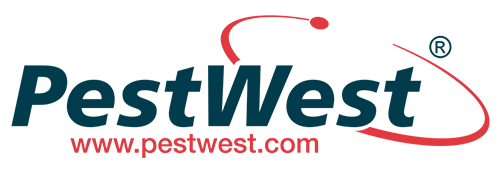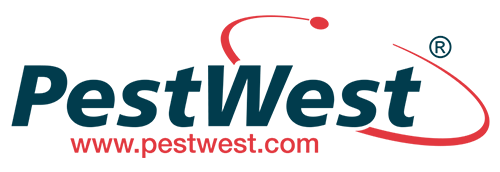- Inspections & Investigation
- Identification of pests to species
- Establishing tolerance levels (aesthetic, economic, legal, and medical)
- Two or more control measures (cultural or behavioral, physical, mechanical, biological, bio-rational, and chemical)
- Evaluation of effectiveness and program modification
The inspection step must be an organized procedure. It should include every area of the structure (interior and exterior).
All levels of the structure must be inspected. No area should be overlooked because an infestation may have its origins in such an area or could, due of favorable conditions, drift into this area. The inspection gathers specific information or data.
- Defines conditions conducive to infestation
- Identifies sanitation deficits
- Identifies avenues of areas of penetration or introduction
- Defines the scope of infestation
- Defines the location of infestation
- Identifies harborage areas
- Defines structural or commodities damage
- Identifies factors which can impact program progress
- Must be formally documented
*Legal Opinion: Inspections a Closer Look!
*There appears to be a gap in standard PCO liability policies involving structural pest inspections where the PMP conducts an inspection per IPM. The gap exists where the inspection reveals no pest activity but where the client or a third person claims bodily injury as a result of the pest.The problem with the gap is that while no pest may have existed at the time, the policy may not only exclude the bodily injury claim but the insurance carrier’s duty to defend the claim. The basis for the exclusion is found in the policy language that fails to identify the building owner as a client due to no pest management treatment being rendered. This places the PCO at risk for merely conducting an inspection, which is required under IPM. This makes it essential that the PCO check their policy and send a letter to their carrier to declare coverage for these inspections that do not reveal a pest.
Relying on the E&O rider is not prudent as the rider is not a true professional liability policy as normally extended to licensed professionals (such as a malpractice policy) and consequently has very limited coverage. This potential “gap” is an industry-wide problem that needs to be resolved on an industry-wide level.
The IPM process is a formula to allow the PMP to determine appropriate control measures to use. It may be expressed using the following.Account Type + Pest(s) – Restrictions = Control Measures
Key components of the formula are the account type, the pest(s) targeted, restrictions imposed by various factors including the client and environmental/legal restrictions. The result is the appropriate control measure or measures to be employed.





